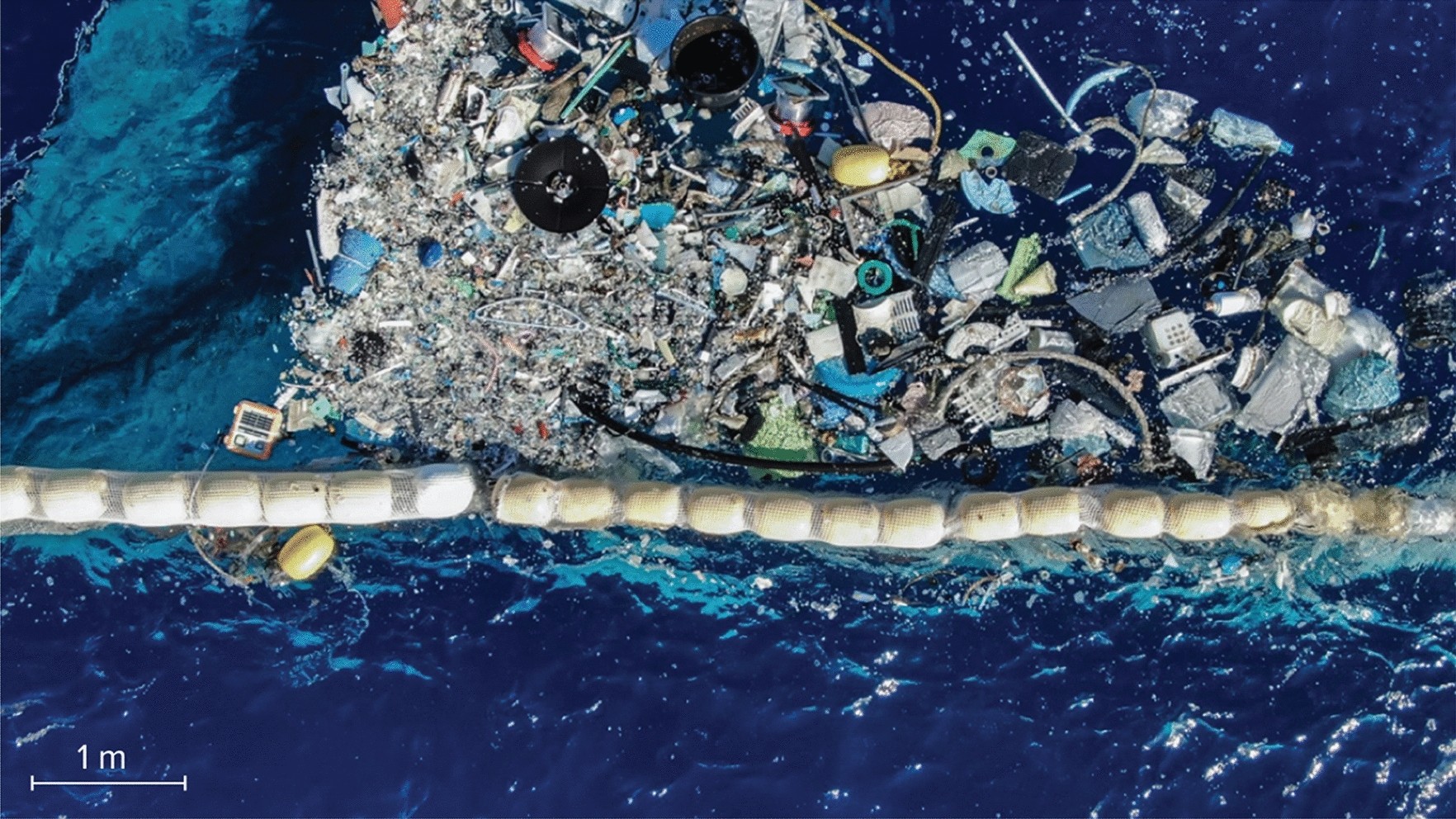As of recent years, media coverage of marine pollution has been dominantly focused on plastic, primarily that of single-use plastics that are thrown away by consumers and washed out to sea at the end of their life cycle [1]. And for good reason too – single use plastics make up around 50% of the total amount of plastic being produced annually and more often than not find their way into the ocean due to improper waste disposal [2]. Their devastating effects towards the marine environment are widely researched and acknowledged, befitting of the spotlight they have received.
However, marine pollution goes beyond just single-use plastics. Recent studies are now critiquing the media and government’s narrow focus on the disposal of end-of-life plastics originating from the consumer end of the global supply chains, instead of tackling the larger systems at play [3,1]. While we should not disregard the relevance of single-use plastics, perhaps it is time to broaden our perspectives and venture to uncover other significant yet less publicly condemned sources of marine pollution. And what better way to start than to turn towards the one industry with its operations dependent on the ocean itself and has precariously floated under the radar of public scrutiny for its pollutive nature?
The Fishing Industry
Source: FAO [4]
Think of your weekly grocery runs to the supermarket or the neighborhood fishmonger and being met with a variety of fish and crustaceans for your choosing. Have you ever stopped to consider how this seemingly never-ending (and always replenishing) supply of fish came to existence?
It is definitely no miracle that brought these fish right to your markets for you to purchase whenever you craved it. Instead, it’s this huge fishing industry that sends out countless fishing vessels out to sea every day, and the extensive expanse of fish farms cultivating the fish that we so eagerly consume. It is an industry that we depend so heavily on to meet our food consumption levels such that around 40% of the global population relies on seafood for at least 20% of their intake of animal protein [4]. In higher income countries, the total per capita consumption of seafood can reach more than an astounding 25 kilogrammes per year [4]. These statistics are a testimony to the indispensability of the ocean, and in extension, the fishing industry, towards global food security.
Source: FAO [4]
Despite the necessity of such an industry, we cannot ignore the extremely pollutive nature of its operations that value profit-making and human consumption at the expense of the environment. When it comes to marine pollution, the fishing industry is one of its largest contributors, ticking off almost every form of pollution, be it plastic, chemical, light or noise.
A study of plastic debris picked up by The Ocean Cleanup’s operations revealed that Abandoned, Lost or otherwise Discarded Fishing Gear (ALDFG) from fishing vessels constituted an estimated 80% of the masses of plastic floating at sea in 2019 [5]. Besides fishing gear, the leakage of oil and disposal of general waste from fishing vessels into the ocean has driven the degradation of marine habitats, deterioration of water quality and disturbed the ecological functions of marine ecosystems.
Photo credit: Fedde Poppenk [5]
With a fast-growing global population comes a rapid rise in the demand for seafood, and to cope with the demand, commercial fishing and aquaculture practices have grown extensively in its scale and intensity of operations [6]. For the past 70 years, the total production from global fisheries and aquaculture operations have increased almost tenfold, although growth of wild capture fisheries has somewhat stagnated in recent years.
Despite the stagnation, we cannot ignore the sheer size of the current industry and the potential future growth of aquaculture operations in particular, especially as the fishing industry copes to meet the ever increasing demand for seafood – which has been projected to double by 2050 [7].
What would such a projection eventually mean for the environment if nothing is to be done to curb the amount of pollution from the fishing industry? With more fish farms and fishing vessels out at sea, one can only imagine the even larger mass of pollution being dumped into the ocean.
References:
[1] Keller, E., & Wyles, K. J. (2021). Straws, seals, and supermarkets: Topics in the newspaper coverage of Marine Plastic Pollution. Marine Pollution Bulletin, 166, 112211. https://doi.org/10.1016/j.marpolbul.2021.112211
[2] Schnurr, R. E. J., Alboiu, V., Chaudhary, M., Corbett, R. A., Quanz, M. E., Sankar, K., Srain, H. S., Thavarajah, V., Xanthos, D., & Walker, T. R. (2018). Reducing marine pollution from single-use plastics (SUPS): A Review. Marine Pollution Bulletin, 137, 157–171. https://doi.org/10.1016/j.marpolbul.2018.10.001
[3] Williams, A. T., & Rangel-Buitrago, N. (2022). The past, present, and future of Plastic Pollution. Marine Pollution Bulletin, 176, 113429. https://doi.org/10.1016/j.marpolbul.2022.113429
[4] FAO. 2022. The State of World Fisheries and Aquaculture 2022. Towards Blue Transformation. Rome, FAO. https://doi.org/10.4060/cc0461en
[5] Lebreton, L., Royer, S.-J., Peytavin, A., Strietman, W. J., Smeding-Zuurendonk, I., & Egger, M. (2022). Industrialised fishing nations largely contribute to floating plastic pollution in the North Pacific Subtropical Gyre. Scientific Reports, 12(1). https://doi.org/10.1038/s41598-022-16529-0
[6] Skirtun, M., Sandra, M., Strietman, W. J., van den Burg, S. W. K., De Raedemaecker, F., & Devriese, L. I. (2022). Plastic pollution pathways from marine aquaculture practices and potential solutions for the north-east Atlantic region. Marine Pollution Bulletin, 174, 113178. https://doi.org/10.1016/j.marpolbul.2021.113178
[7] Carlsen, L. (2021, September 15). Global demand for aquatic foods set to nearly double by 2050. BFA. Retrieved January 24, 2023, from https://bluefood.earth/news/demand-press-release/




No Comments